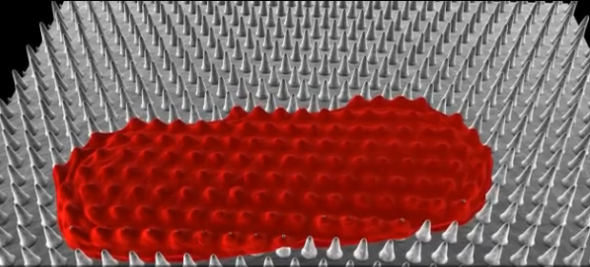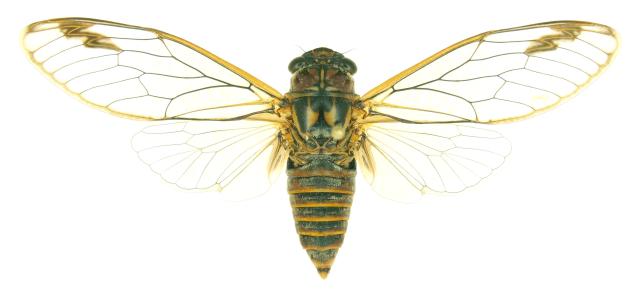Cicada Wings Naturally & Passively Destroy Bacteria
Some incredible results have been published this week in the Biophysical Journal showcasing the work of an international research team. The findings are interesting in themselves because they show us yet another incredible trick that nature has learned, but they are also fascinating because of the potential revolution it might spawn in man-made materials.
Cicada are known for being noisy, they’re known for being ugly and they’re known for having ridiculously long hibernatory periods (up to 17 years in some species). Cicada’s aren’t generally known for their anti-bacterial properties, not until now any way.
The international research team were studying the qualities of the clanger cicada’s wings. These small creature’s wings are covered in tiny nanopillars, which are where the magic happens. These tiny lumps form a defence against any bacteria that decides it wants to hang around. As the bacteria lies on the bumpy surface it slowly fills the gaps between the nanopillars, this in turn ruptures the cell membrane and destroys the bacteria.
The experiment that proved this system to be in operation chose bacteria with different strengths of cell wall. It was only the weaker walled bacteria that had their comeuppance, but what a system. There is no effort on the part of the cicada, the texture alone can kill bacteria before it has a chance to do its dirty business.
The ramifications for technology and health could potentially be staggering. Imagine if we could coat toilet seats, bus hand rails, door knobs etc with a coating that passively destroyed bacteria without the need for detergents or any other nasty chemicals or aromas. That would be pretty amazing, right?
It’s early days of course but I bet Unilever and Smith Kline Beecham are already having some interesting conversations about cicada wing technology. This is a video created to accompany the results’ study:




















